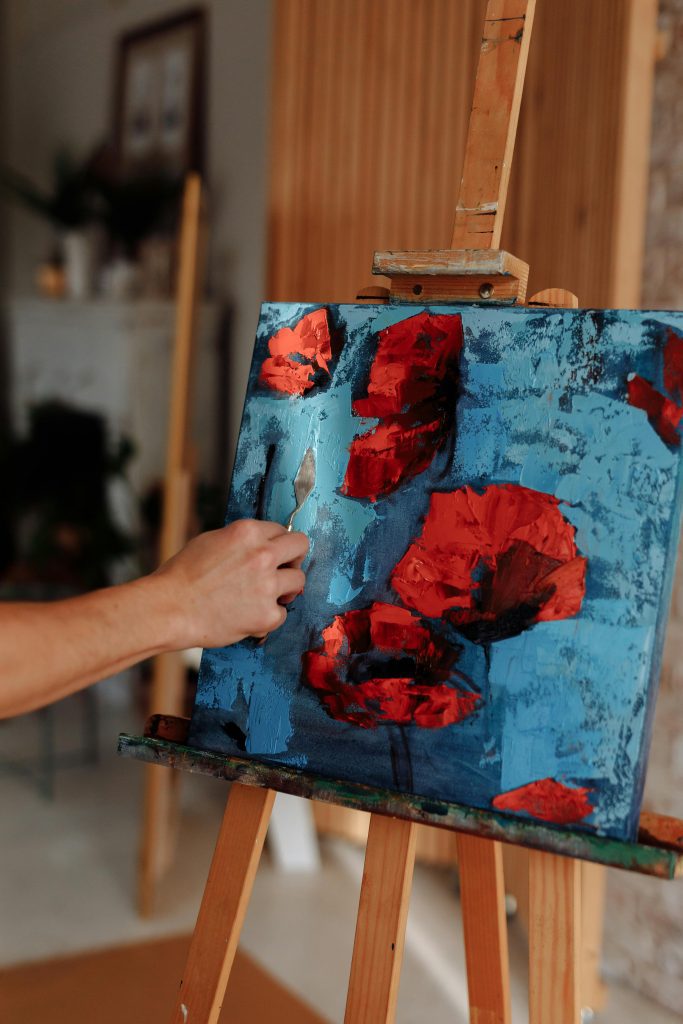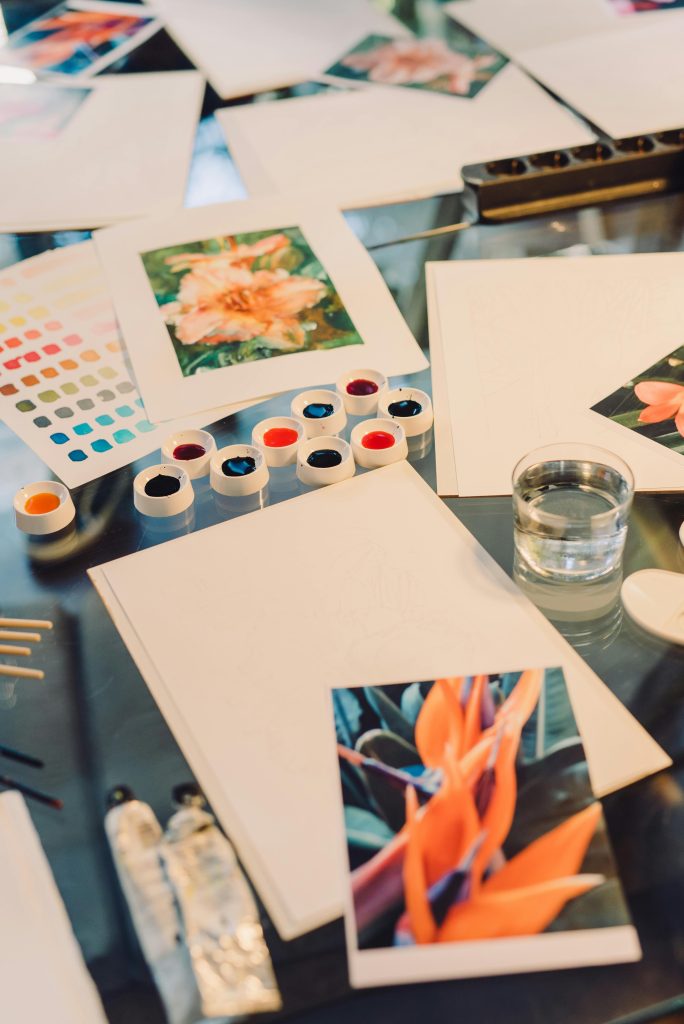How to Use a Portfolio to Secure Art Commissions

Commissions can be a beautiful bridge between creativity and income. Whether it’s a a mural for a cozy café, or a custom sculpture for a collector’s home, commissions allow you to get paid for your unique vision while serving someone else’s dream. But how do people know you’re the right artist for the job? That’s where your portfolio comes in.
Your portfolio isn’t just a gallery, it’s a trust builder, a proof-of-concept, and a conversation starter. It’s the tool that helps potential clients visualize what you can do for them. In this article, we’re going to break down exactly how to create, structure, and present your portfolio so that it helps you land art commissions confidently and consistently.
1. First Things First, What Is a Commission-Friendly Portfolio?
A commission-friendly portfolio isn’t just about showing your best work. It’s about showing the right work, the kind that makes a potential client think, “This artist gets it. I want to work with them.”
To do that, your portfolio needs to tell a story. Not just the story of your art practice in general, but the story of what kind of commissions you do (or want to do), how you handle them, and what the outcome looks like. Think of it as a curated pitch.
This means including examples of past commissions, works created for clients, custom projects, and pieces that reflect your flexibility. If you haven’t done commissions yet, that’s okay, include pieces that demonstrate your range and style in ways that could be commissioned.
The key is clarity. If someone lands on your portfolio and can’t tell whether you’re open to commissions, what kind, or how to reach you, they’ll bounce. So right from the start, you want your site or PDF to say, “Yes, I do commissions, and here’s what I bring to the table.”
Make sure this message is woven into your design, captions, and about section. People won’t assume it. You need to invite them in.
For example, A collector lands on a portfolio with striking work, but nowhere does it say the artist is open to commissions, what they offer, or how to begin. The opportunity slips before it even starts

2. Show the Kind of Work You Want to Be Hired For
One common mistake artists make is showcasing all their work, even if it’s not aligned with what they want to be commissioned for. But here’s the thing: people hire based on what they see.
If your portfolio is filled with abstract paintings, but you want to be hired for pet portraits, your ideal client won’t see themselves in your work. If you show murals but want to do wedding illustrations, the mismatch creates confusion.
This doesn’t mean hiding parts of your practice, it means creating a focused experience. You can have different sections or even separate portfolios for different commission types. Some artists use tabs or categories like “Portraits,” “Custom Murals,” or “Past Commissions.”
And if you’re just starting out, create sample pieces in the style or category you want to get hired for. These don’t need to be client work, they just need to reflect what you can do for someone. Future clients need to be able to imagine themselves working with you.
Think of your portfolio as a magnet. You want it to attract the exact kind of commission work that lights you up. Curate with that in mind.
Let’s see it this way, A portfolio showcases only surreal oil paintings, yet the artist wants to get hired for live wedding sketches. The work may be brilliant, but to a potential client, it’s a mismatch.
3. Include Clear Examples of Past Commissions
There’s a big difference between saying “I do commissions” and showing what that looks like in action. That’s why including real client work, along with context, is so important.
Every past commission in your portfolio is a social proof moment. It tells a viewer, “Other people have trusted me with their vision, and here’s how it turned out.” That instantly builds trust.
Don’t just include the image. Tell the story. What did the client ask for? What challenges did you solve? How did you interpret their request in your style? This turns your portfolio into a case study, not just a slideshow.
Photos of the work in situ (framed, hanging, installed) are extra powerful. If a collector sent you a photo of your painting on their wall, ask if you can include it. These real-life moments help potential clients picture your art in their space.
If the client is happy, consider adding a testimonial next to the image. A simple quote like “She captured exactly what I had in mind, I cried when I saw it” goes a long way.
These little touches can turn browsers into buyers. When people can see your work working, they’re more likely to reach out.
Sometimes, all it takes is proof that someone trusted you before.
“This is exactly what I hoped for” next to a finished commission speaks louder than a dozen unlabeled images ever could
4. Highlight Your Process, Clients Want to Know
Most clients aren’t artists. They’re curious (and often nervous) about what it’s like to commission someone. That’s why it’s so powerful to show and explain your process clearly in your portfolio.
Include a section called “My Commission Process” or “How It Works.” Break it down into steps: Initial Chat → Concept Sketch → Final Approval → Delivery. You can make it visual with icons or keep it simple with bullet points.
By walking someone through your process, you take the mystery out of it. You also position yourself as a professional, someone who’s thought this through and knows how to guide a client from idea to finished artwork.
You might also include FAQs. Things like: “How long do commissions take?”, “Do I need to pay upfront?”, “What if I don’t like the final piece?”, these questions come up all the time. Answering them in your portfolio saves you time and reassures your client.
The more transparent you are, the more trustworthy you seem. And when people feel informed, they feel safe reaching out. That’s the first step to a successful commission.
Seeing “Sketch → Feedback → Final Work” laid out as part of the process reassures people that they won’t be left guessing at any point.
5. Don’t Just Show, Invite
One mistake artists often make is showing their work beautifully, but forgetting to invite interaction. A potential client shouldn’t have to guess how to hire you. Your portfolio should gently, but clearly, ask them to take the next step.
Include a visible call-to-action (CTA). It could be a button that says “Book a Commission,” “Let’s Create Something Together,” or “Inquire Here.” Make it easy, friendly, and on-brand.
This CTA should be repeated throughout your site or PDF, after your commission process, next to examples of past work, and definitely at the bottom. You want the next step to feel obvious and effortless.
You can also include a short inquiry form. Ask for their name, email, what kind of work they’re interested in, and any ideas they have. Keep it light but clear. The less friction, the more likely they’ll reach out.
If you’re worried it feels pushy, it doesn’t. People appreciate guidance. They want to know what to do next, especially if they’re not used to working with artists.
A visible “Commission Me” button increased inquiry clicks by 40% for one artist simply because it removed the hesitation of wondering what to do next.
6. Keep It Simple, Organized, and Mobile-Friendly
No matter how stunning your work is, if your portfolio is hard to navigate or slow to load, people won’t stick around. Especially if they’re browsing on their phone (which, let’s be real, most of us are).
Keep your layout clean and uncluttered. Use consistent fonts and colors. Avoid overwhelming the viewer with 30 images all at once, curate your strongest, most relevant pieces. Quality over quantity wins every time.
Label your images clearly: title, medium, dimensions, and year. If it’s a commission, note that. These little bits of info show you’re organized and detail-oriented, traits every client wants in someone they’re paying.
Make sure your portfolio works well on mobile. Test it on your phone. Are the images crisp? Can you tap through easily? Is the CTA visible? A good mobile experience builds instant credibility.
Tools like Squarespace, Wix, and Adobe Portfolio offer clean templates that adapt to all screen sizes. Or use the Women in Arts Network Portfolio Builder to create a professional portfolio without the headache.
A beautifully designed portfolio with no clear navigation or mobile optimization becomes a maze. And no one commissions from a maze.
7. Let Your Personality Come Through
Yes, your art speaks for itself, but your clients are also hiring you. A commission is often an emotional, personal process, so don’t be afraid to show who you are.
Write your “About” section like you’re talking to a potential collaborator. Share a bit about what you love creating, what lights you up, and why you enjoy working on commissions.
Your tone can be warm, quirky, poetic, whatever feels like you. People connect with people. If someone’s choosing between two skilled artists, they’ll often pick the one they feel something from.
You can even add a short behind-the-scenes video or some photos of you working in your studio. These elements make your portfolio feel human and memorable.
A portfolio without personality is like a perfectly staged room with no warmth. It looks good but doesn’t feel like anyone lives there.

8. Use Testimonials to Build Trust
Testimonials are gold, especially for artists working on commission. They give future clients a peek into what it’s really like to work with you, and offer the kind of social proof that no image can provide.
Ask past clients if they’re comfortable sharing a short quote about their experience. A few lines about the process, the result, and how they felt receiving the artwork go a long way.
Place testimonials throughout your portfolio, next to specific works, on your commission process page, or in a scrolling section. Pair them with images if you can.
If you’re just starting and don’t have many clients yet, use feedback from friends, collaborators, or early test projects. Everyone starts somewhere, and showing some proof builds more trust than showing none.
When people see that others have commissioned you, and loved the result, they feel safer reaching out. You stop being a stranger on the internet and start becoming a trusted creative partner.
A single sentence like “They took my vague idea and made it better than I imagined” can instantly shift a potential client from hesitant to ready
9. Make It Easy to Contact You
This might sound obvious, but it’s one of the most common mistakes artists make: their contact info is hard to find, broken, or nonexistent. Don’t let this happen to you.
If someone has to scroll, click, and decode three menus to find your contact info, you’ve lost them before the conversation even starts.
Include your email address in multiple places, especially near your CTA buttons. Use a simple contact form if that’s easier, but test it to make sure it actually delivers messages.
Add a short line that tells people how long you typically take to respond. (“I usually reply within 2–3 business days!”) It sets expectations and shows professionalism.
If you’re active on social media and open to DMs, link that too. Just be sure to keep boundaries clear, especially if you’d prefer people contact you through your website or email.
The smoother you make the path, the more likely someone will walk it. Don’t leave your dream commission hanging just because your contact button was hidden in the footer.
10. Keep Your Portfolio Alive and Updated
Your portfolio isn’t a one-time task. It’s a living, breathing tool, and it should evolve as your commissions grow.
Schedule regular check-ins (monthly or quarterly) to add new projects, update your bio, refresh images, or highlight new testimonials. An outdated site can send the message that you’re inactive or unavailable.
Every time you complete a commission, ask: “Would this help me land another one?” If yes, add it to your portfolio while it’s still fresh. Include process shots, behind-the-scenes glimpses, or the client’s story if they’re open to it.
The more current your portfolio is, the more confidently you can pitch or respond to inquiries. It becomes your go-to link for opportunities, press, and partnerships, not just commissions.
An artist forgot to update their portfolio for two years. A gallery assumed they’d stopped making work altogether, and passed on them for a group show.
Keeping your portfolio updated also helps you reflect on your growth. You’ll spot patterns, preferences, and strengths that you might not notice in the moment.
Your Portfolio Is More Than Pretty Pictures
At its heart, your portfolio isn’t just a gallery, it’s an invitation. It says to future clients, “Yes, I can do this, and I’d love to do it for you.” When it’s well-organized, personal, and clearly aligned with the kind of commissions you want to attract, your portfolio becomes a quiet but powerful advocate.
So take the time to curate it thoughtfully. Swap out what no longer reflects you. Add the works you’re proud of and want to do more of. Make it feel like a natural extension of who you are as an artist. Clients don’t just commission skills, they commission trust, style, and connection.
Keep it easy to navigate, make the next steps crystal clear, and don’t forget to include a little warmth in the way you write about yourself. Because commissions often come from people who don’t just like your work, they like you.
And if it feels overwhelming? Just start with one update at a time. Your portfolio doesn’t need to be perfect to start working for you. It just needs to be clear, confident, a little bit you, and Women In Arts Network is the best place to start. You just have to sign up and drop the information needed. Women In Arts Network automatically sets it up and boom, your portfolio is ready to share (and impress). No coding, no fumbling with layouts, no endless tweaking.
